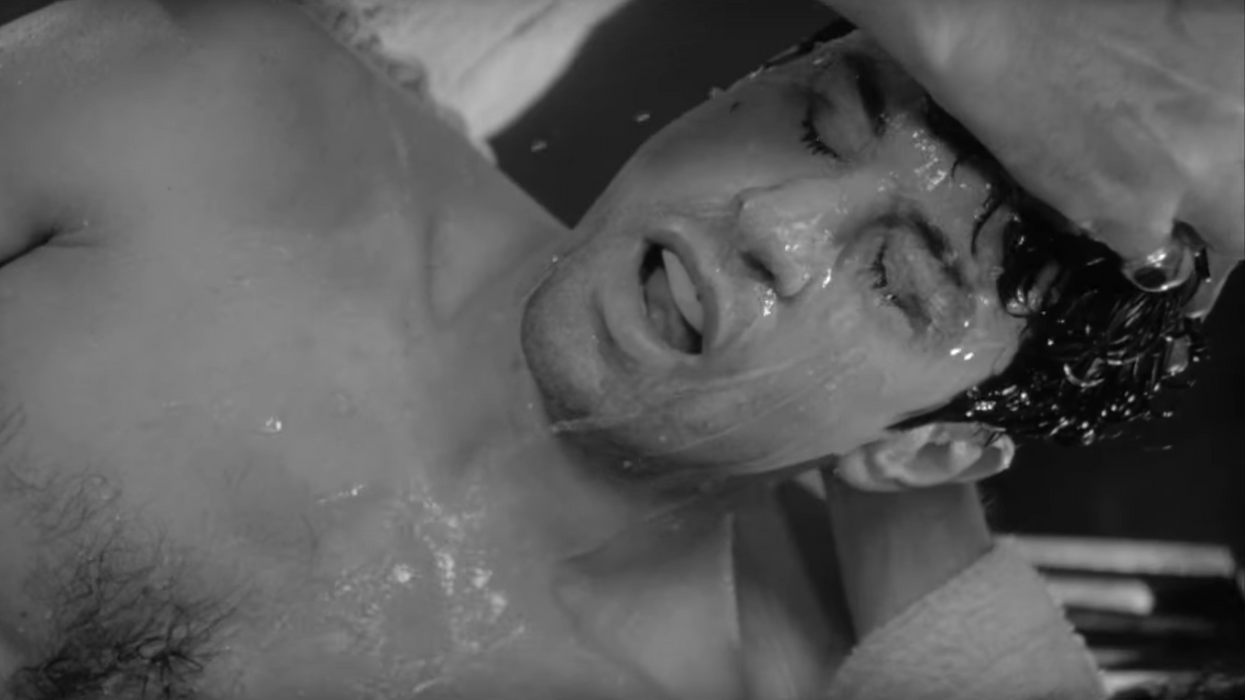Where Did the Dutch Angle Come From? This Video Essay Explores Its Origins
Visually striking and often overused: Here's the story of how the Dutch Angle came to be.

Also known as the "Dutch tilt," "canted" or "oblique" angle, the Dutch Angle is one of the most emotionally impactful camera angles in the cinematic toolkit. Its tilted horizon line creates an immediate disorientation with the natural world, making it a prime tool for creating feelings of unease, disorientation, confusion, and distrust in viewers. And despite misuse and overuse by many contemporary filmmakers, the Dutch Angle has existed almost as long as cinema itself and has been employed by the world's greatest filmmakers to create some of the most iconic moments in cinematic history.
In this video essay, Jack Nugent of Now You See It explores the history of the Dutch Angle, from its use in the films of pioneering Soviet filmmaker Dziga Vertov to those of Oscar-winning cinematographer Roger Deakins.
Despite Russian filmmaker Dziga Vertov's famous use of the Dutch Angle in his 1929 film Man with a Movie Camera, the origins of this stylized shot is actually German Expressionism, namely in films like Robert Wiene's The Cabinet of Dr. Caligari (1920). In fact, the term "Dutch Angle" is actually a misnomer—the original term for the shot, "Deutsch," which is the German word for "German," was mistranslated as meaning "Dutch."
The origins of the Dutch Angle may seem like a meaningless piece of trivia that is only useful when trying to impress your fellow cinephiles, but it actually denotes one of the major moments in cinematic history when film was introduced to subjectivity and experimentation. German Expressionism, which lasted from the 1910s through the 1930s, was a film movement characterized by its use of symbolism and style. That may seem commonplace today but, at the time, the most significant films, like D.W. Griffith's The Birth of a Nation (1915) and Intolerance (1916), relied more on their innovations in continuity editing than on the stylization of the medium. German Expressionist films, like Karlheinz Martin and Herbert Juttke's From Morn to Midnight (1920), which is considered to be Caligari on steroids, used distorted sets and high-contrast lighting to create an abstract, subjective reality.
The Dutch Angle (can we call it the German Angle now?) produces the essence of German Expressionism: abstraction, subjectivity, mystery, disorientation. Really, this shot is a microcosm of one of the most influential film movements in cinematic history—and that's why knowing its origin is important.
Source: Now You See It













